Marya Iartseva, art director at Nexters, an international game development company headquartered in Cyprus explores how artificial intelligence is reshaping game development, emphasisng where it succeeds, where it falls short, and how it’s redefining creativity.
In game development, Iartseva noted, the art department is typically the largest and most time-intensive area of any project.
“A single realistic illustration can take an artist a month to complete. But with AI, that same piece can be finished in a week,” she said.
The shift allows artists to focus on creating more, experimenting with different styles, or even producing entirely new comics, instead of being caught up in long production cycles.
Breaking down the typical workload of an artist, she explained at the AI Journal that 10 per cent goes into concepting and sketching, another 10 per cent into final polish, and the remaining 80 per cent into rendering.
“That middle 80 per cent is repetitive, time-consuming, and, frankly, the least exciting part of the job,” Iartseva said.
In her view, AI can now take over that monotonous middle stage, allowing artists to dedicate more time to the aspects of work that require passion and talent.
At Nexters, neural networks have become closely integrated with the creative process.
Iartseva explained that tools like Midjourney, Stable Diffusion, and LoRAs (Low-Rank Adaptation) are now standard for stylised game graphics, even though they aren’t suited for realistic imagery.
Roughly half of their artistic references come from Pinterest, and the other half from AI-generated suggestions.
“We input some ideas and see what Midjourney suggests. We use this approach in almost all areas except UI, simply because it’s not needed there,” she said.
AI is used extensively in artwork that doesn’t require strict specifications or technical guidelines.
“We actively use AI in video games for everything art-related: illustrations, characters, small props, chests, icons, avatars, and various environments such as battle pads, backgrounds, and maps,” Iartseva noted.
For instance, thematic interface backgrounds can now be completed in just one workday using AI, whereas manually, a senior artist would need a full week.
In the collaging stage of production, AI is used without exception, particularly for environments and splash art.
“Especially for fan splash art, where the focus is on characters and storytelling, the neural network helps with composition, colour schemes, and tonal relationships, and it can turn a rough collage into something more presentable,” she said.
Presenting concepts and ideas to non-artist colleagues has also become more efficient.
“Instead of saying, ‘Let’s make a design like a Miyazaki film with Dragon Age’s setting and narrative,’ we show a draft presentation to help non-artist people better understand the proposal. It’s more productive than just using references,” Iartseva explained.
AI tools have also become a reliable partner for rendering tasks, particularly when it comes to environments and background illustrations.
Characters, however, remain more complex due to animation needs.
“We’ve reduced the pre-rendering stage for splash art by about a quarter to a third, as AI in video games helps with composition and tonal relationships, turning rough sketches into more polished drafts,” she said.
Rendering itself can be accelerated too, though the results still depend on the specifics of the image.
Even so, not everything about AI implementation has been smooth. Iartseva pointed out that achieving very specific styles is where the technology still struggles.
“If you want to draw something in the anime style, that’s understandable for AI, because it’s a popular request. So you’ll get a great outcome,” she said.
But when something highly niche or hyper-realistic is required, such as matching real photographs, the results often fall short.
When AI tools were first introduced, she recalled, many artists feared they would be replaced. “People felt confused about what needed to be done,” she said.
But those early fears are slowly being replaced by a new understanding.
AI literacy, Iartseva believes, is now a must-have skill.
“If we hire a junior or intermediate-level artist, we assume they already have a basic knowledge of AI in video games tools because it’s sort of a must-have,” she said.
Even so, she admitted that the topic remains sensitive, especially within the artist community. “CEOs and team leaders are advocates for AI, but for artists, it’s different. If they talk about how they use AI in art, they risk criticism from their peers,” she said.
“It sounds great to producers and top management, but it might not sound as appealing to potential hires. They might think, ‘Oh, you use neural networks? That must mean you’ll underpay artists. I’m not joining you.’ It’s a matter of reputation.”
There’s also the issue of legal uncertainty. As Iartseva pointed out, the use of neural networks still sits in a legal grey zone. “Companies are cautious because they don’t know if they’ll face legal issues later,” she said.
Looking ahead, she believes the most significant shift AI brings is the acceleration of production rather than full automation.
“We’re not replacing manual labour entirely, whether that’s fortunate or unfortunate depends on your perspective, we’re accelerating it,” she said.
Artists, she added, are still orchestrating the creative process, ensuring cohesion, but the heavy lifting is increasingly being done by AI.
This is particularly true for visual novels and similar narrative games that rely heavily on characters and backgrounds. “Neural networks excel at generating these. So, you can be a writer, churn out visual novels, assemble them in an editor, and voilà—you’re golden,” Iartseva said.
She is certain that indie developers are already making full use of these tools.
“They don’t need to spend money on hiring an artist; they can create their demo and pitch it,” she said. Large studios and free-to-play companies, she added, use AI in much the same way, particularly for pitching ideas and creative visions.
As for fears that AI might eventually replace artists entirely, Iartseva remains unconvinced. “I’m an artist who draws in my free time, so I only use AI for fun,” she said.
When Midjourney v4 was released in 2022, many predicted a wave of job losses. “People thought that the quality of AI-generated content would improve so dramatically that we’d all be out of jobs in six months. In practice, however, quality is fading into the background, and it is more about quantity now,” she said.
She compared the current moment to past technological shifts, Photoshop, 3D rendering, and noted that fears about creative extinction are nothing new. “Traditional painting, photography, are all still around. AI is just another tool,” she said.
She acknowledged that some fields, like voice acting, are already feeling the pressure. But the same happened in earlier eras, she noted.
“No one is ever completely replaced until the need for a particular task, such as making stone axes, is reduced,” she said.
In her view, professions are evolving, as they always have.
“Life doesn’t stand still, and it happens all the time. It’s just happening faster now because the world is speeding up,” Iartseva said.
And for those worried about their careers?
“There is nothing stopping people from finding a job that is more relevant today,” she said. “We no longer live in a world where you can learn one skill and never learn again. Progress has always been about automating manual labour that requires a lot of man-hours.”

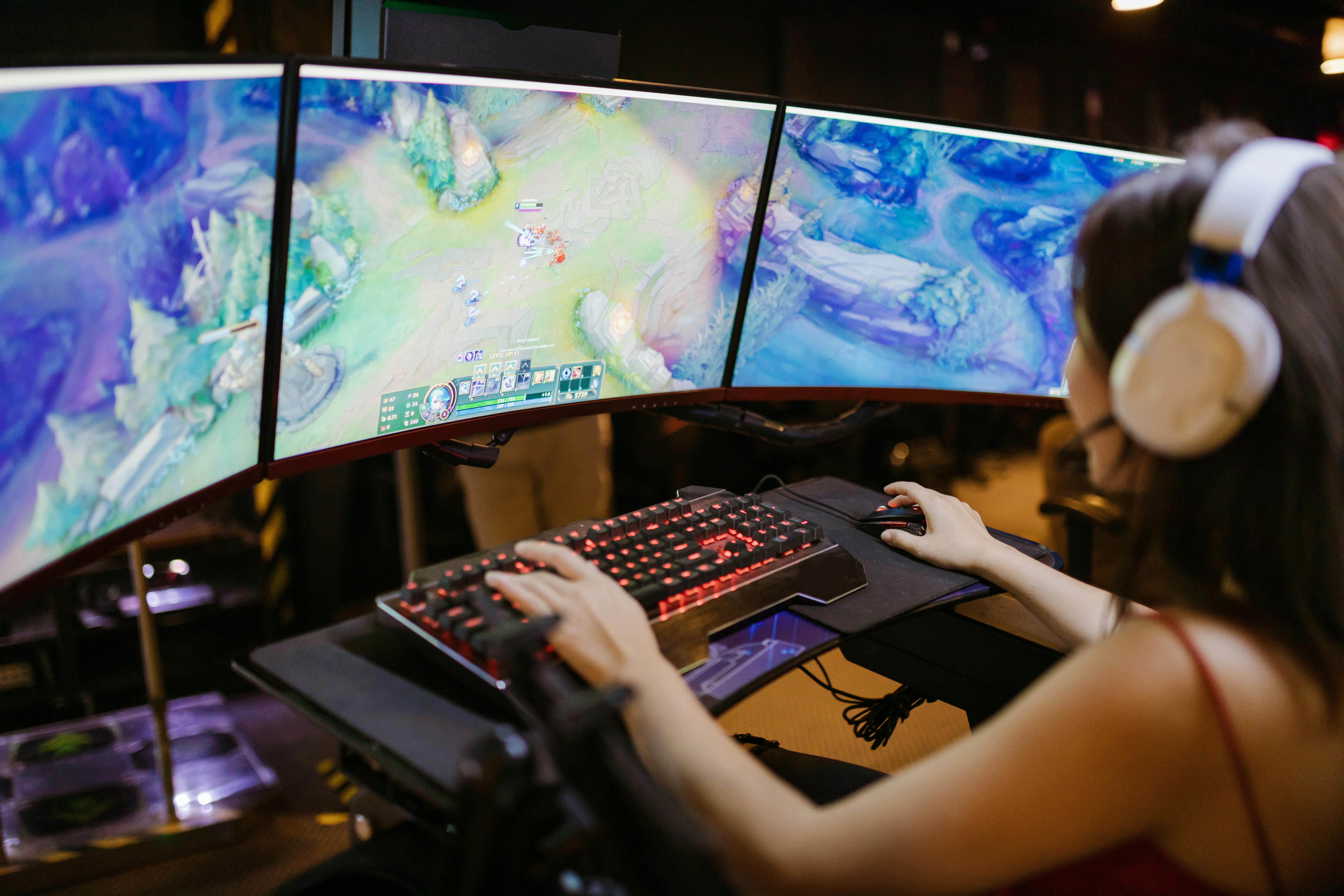
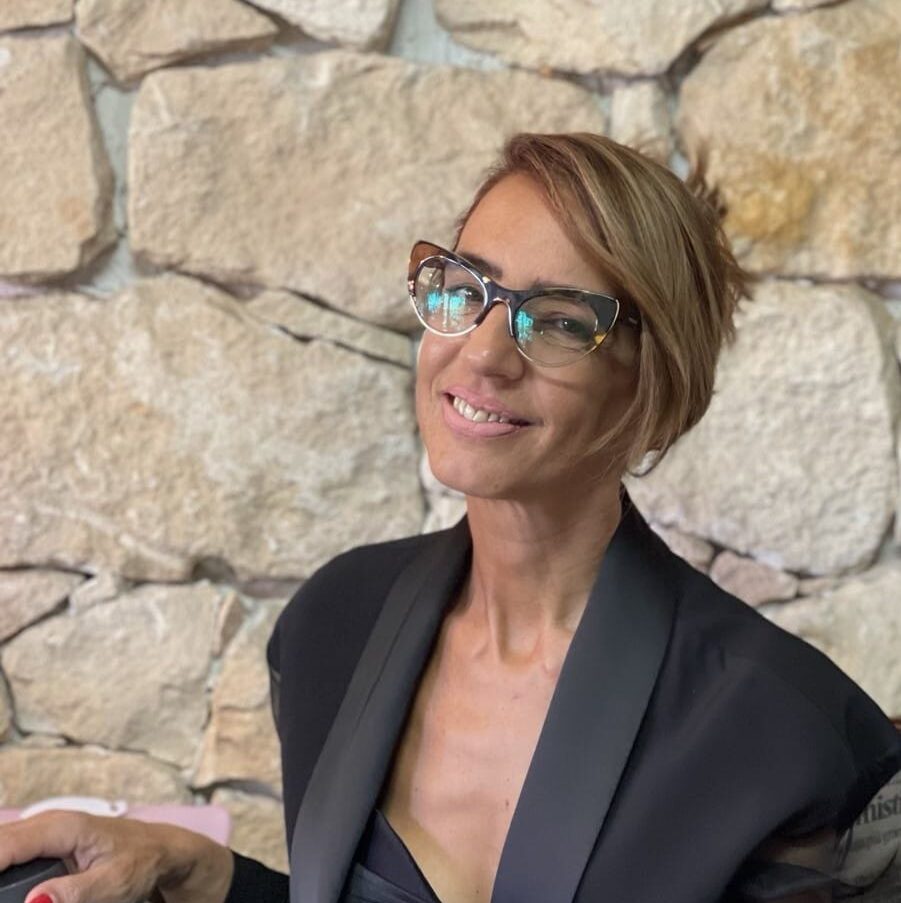
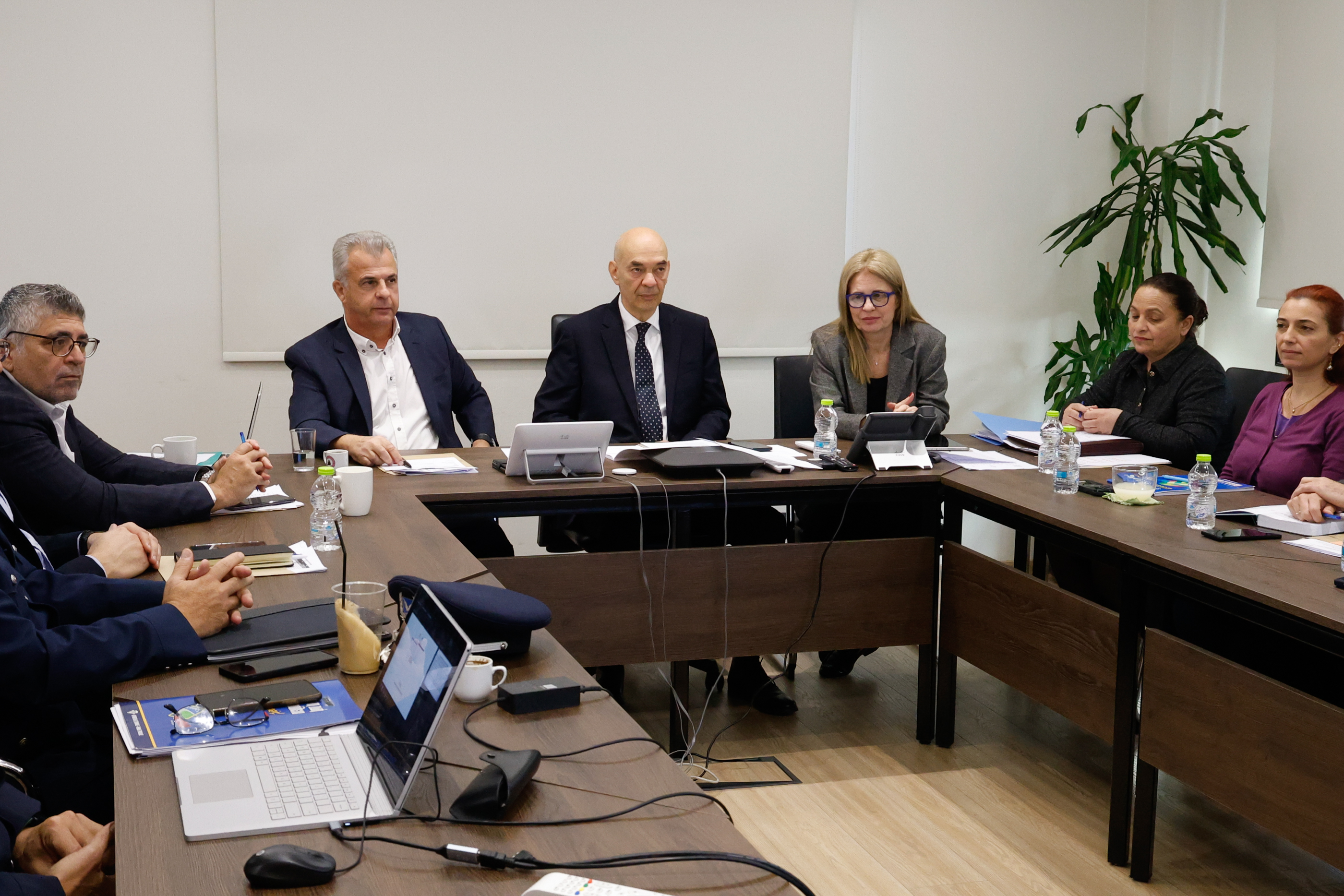
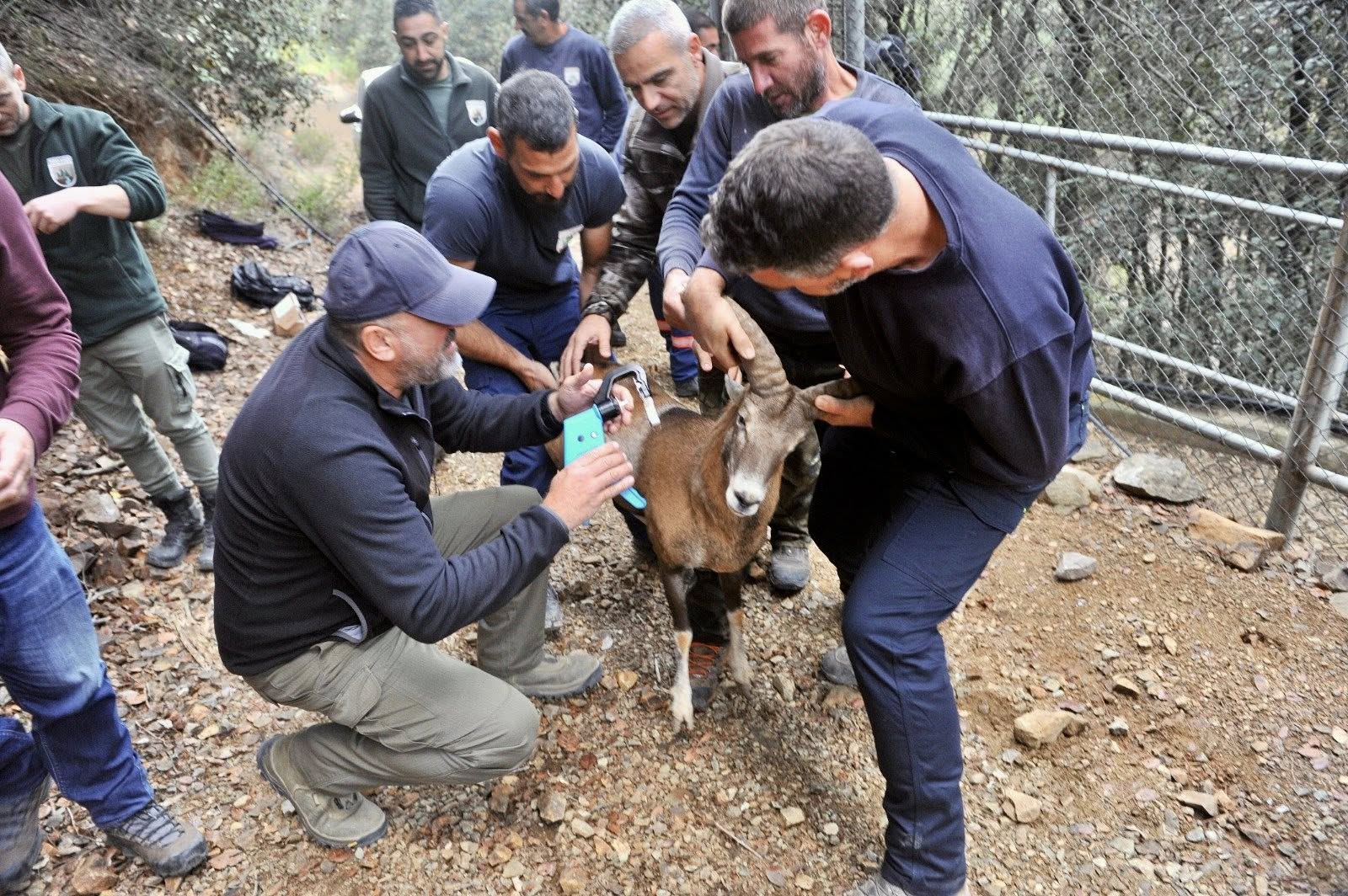
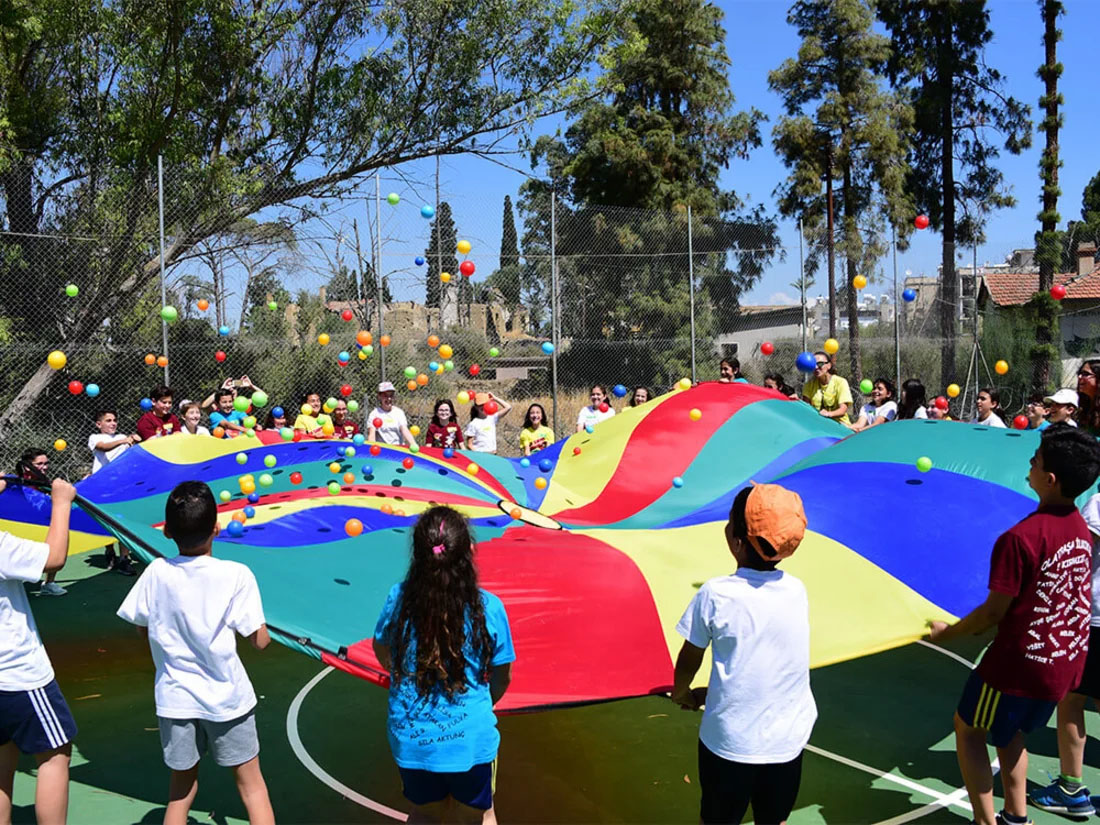

Click here to change your cookie preferences